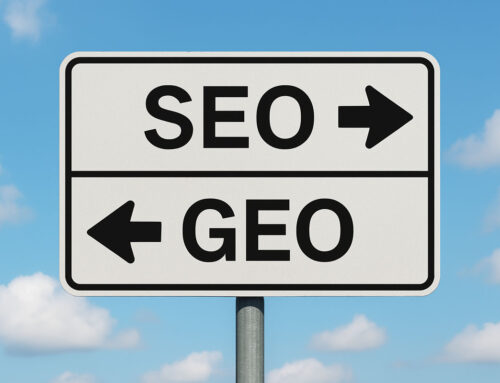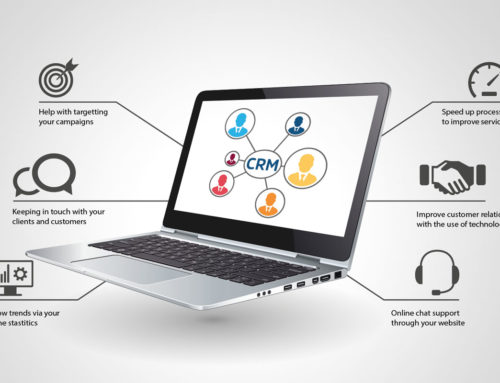When assessing a companies website there are a number of things you need to understand before you can even think about the design.
Site goals
The most important question is what would be counted as a success for the website and therefore the goals. Unless you thoroughly understand this part, the efforts you put into design and build could end up being wasted.
The normal goals for a website are:
- Raise awareness for the company (eg. SEO rankings, blogs, social networking)
- Increase sales
- Bring in new business
- Promote a product or event
… the bottom line is usually make more money for the client
When the items above have been discussed you can then start thinking the best way to achieve those goals.
The project process
Developing a website can take different stages with the most common listed below:
- 1. Budget discussions
- 2. Formulating the Brief
- 3. Preparation
- 4. Creativity
- 5. Beta development and testing
- 6. On-going Support
Stage 1 – Budget discussions
Often the most difficult part of the project is working out the budget that will give good value-for-money. Spending less in the early stages can often be a false economy when you wish to expand the site at a later date.
Stage 2 – Formulating the brief
The initial processes in designing a successful website are the most important and involve the discernment of what you perceive are your business aspirations. Firstly you should seek to amass information to formulate the brief. This will involve a firm understanding of how your website can assist with your business aims. It is vital that Zoo Design begin by asking the relevant questions in order to assist us to understand your requirements for the website.
There are certain things to take into account as discussed in stage 1:
- Purpose of your site
- Aims for the site you are creating
- Target audience e.g. the people you wish to encourage to visit the website
Stage 3 – Preparation
Once sufficient information has been assimilated, it now falls to piece together your ideas for your website. A site map will now be developed. In this initial planning stage we will develop a site-structured document and we will also assist you in deciding the technology that should be implemented which could include components like ecommerce, flash and interactive forms.
Stage 4 – Creativity
From the information collected, it’s now time to determine the style and texture of your site. Your target audience are crucial factors and may differ in their requirements; from young people, to business-to-business as well as companies seeking to create their own corporate identity. We will create one or more designs for your prospective website. Typically, these would feature a flat visual of how the final design could appear. From approved visual designs we will develop several HTML pages on a hidden server for clients to view. At all stages you will have the opportunity to comment on the ongoing project development.
Stage 5 – Development
From approval at HTML stage creativity, we will then begin development work; this will include:
- Creative elements
- Navigation
- Functional style
- Interactive content
- Contact forms
- E-commerce shopping carts
- Check validation for XHTML / CSS code
- Accessibilty
Stage 6 – Beta testing and delivery
As part of the Beta testing process we will ensure that the functionality of forms, scripts, cross-browser checking, compatibility issues and W3 compliance standards. Upon approval the site will be uploaded to the web hosting provider and once again tested for interaction and communications requirements.
*might need to add CMS Man. system
Stage 7 – Ongoing Support
Development of the site should be an ongoing process. This should include SEO (Search Engine Optimisation) and SES (Site Engineering Submission) which will assist in providing site visitors and tracking them through the website. This information can be used to modify and update the site to help improve visitor traffic.
How to select the correct design company for your needs
It may be tempting to use a cheap solution. There are many unprofessional companies in the marketplace; they offer what often turns out to be a substandard service.





